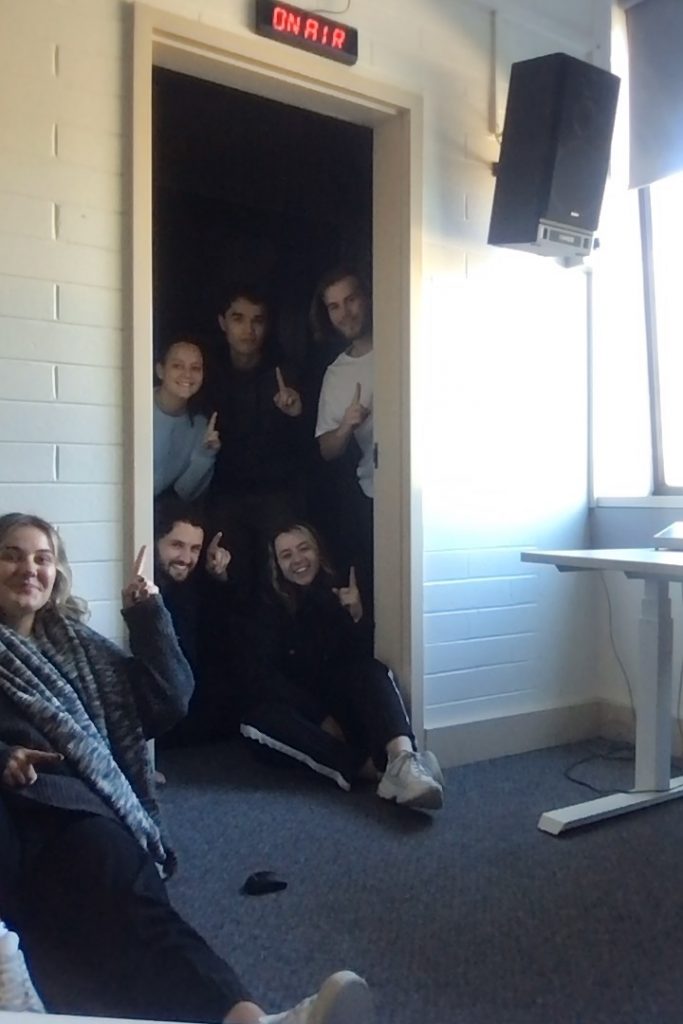New pregnant minds of education
By MEL EVANS
THE rising rate of teenage pregnancy has been blamed on schools, but is education able to save the day?
What is the teenage pregnancy rate in Australia?
Australia Bureau of Statistics figures just released show the teen fertility rate in Australia has jumped 10 per cent in the past two years. After decades of steady decline, 12, 326 teens gave birth compared to the previous figure of 11, 204 nationwide. New South Wales saw the biggest increase, with a 15 per cent rise since 2008.
1. What was the reaction to this?
Many have called for better sex education in schools to combat the rise. At the time of publication, there was no comprehensive sex education syllabus, with schools taking it upon themselves to educate their students independently. It is a common belief that teenagers are engaging sexually at a younger age. There have been calls for not only an increase in sex education, but for it to be offered to students earlier in their schooling to teach the risks from the onset of puberty.
2. Will an increase in sex education help?
According to most groups, yes. There is belief from organisations including Marie Stopes International, that a comprehensive sex education program will increase knowledge of pregnancy and the options surrounding it. Marie Stopes International also promotes early education, as its effectiveness increases when lessons go further than simply abstinence.
3. How are teenagers reacting to the proposal?
Statistics obtained from Marie Stopes International show 66% of teens support mandatory sex education in schools. However, it is clear others believe what is taught isn’t enough.
Elena Obst is a 19-year-old university student who is in her second trimester of pregnancy. At school, she was taught the basics of anatomy and abstinence, only discovering the different forms of contraception in the first semester of her nursing degree. She and teenagers alike, believes more needs to be taught away from the ultimatum of abstaining from sex and to update information to suit teenagers of the 21st century.
4. What do the experts have to say about the proposed increase?
Many experts are in support of increased sex education, claiming Prit will bring down the pregnancy rate by educating teenagers on preventative techniques. University of Canberra Psychology Clinic director Dr Pam Connor believes education “provides young people with information on which they can base informed decision-making.”
Dr Connor believes there may be reluctance in schools to deliver a sex education program that builds on more controversial topics that may involve moral decisions. Her ideas are supported by Dr Patricia Weerakoon, co-ordinator of the University of Sydney’s graduate program in sexual health. Dr Weerakoon values education in preventing unplanned pregnancies through teaching control mechanisms in dealing with situations and the consequences that may arise from engaging in sex.
In Dr Connor’s opinion, broader education is necessary to inform teenagers of the basics such as anatomy, pregnancy and conception, but it also needs to involve contraception through to Sexually Transmitted Infections. An increase in information on negotiating safe sex, decision making, problem solving and role play, in Dr Connor’s view will curb the teen pregnancy rate.
“It’s one thing to just tell them what to do, but they have to practise it,” Dr Connor says.
6. Does teenage pregnancy have an effect on the state of the economy?
In general, no. Data obtained from Medicare reveals about 50% of pregnant teens terminate the pregnancy, while up to 60% of those who go through with the birth don’t have a male partner at the time. This can be a burden on the economy, as services such as Medicare and Centrelink fund such teenagers from tax payers’ money. Abortions can cost hundreds of dollars and if the teenager is in financial difficulty, she can claim all or part of the cost on Medicare from the age of 15. Although this doesn’t have an enormous affect on the economy, it is still a cost that is avoidable.
Another effect teenage pregnancy can have on the economy is the pay-out of supplements such as the $5000 Baby Bonus. However, suggestions this bonus was encouraging teens to have children earlier to obtain the payment has prompted the Federal Government to change the bonus from a lump sum to instalments for those under the age of 18.
1. How does Australia compare to the rate of teen pregnancy in other countries?
Australia’s teen pregnancy rate may have risen 10%, however, it is still behind the United States, Britain and New Zealand. Australia’s fertility rate is 17 births per 1000 teenagers, Australian Bureau of Statistics figures show. This is lower than the US figure of 51 per 1000, Britain’s 27 per 1000 and New Zealand’s 26.However, Australia’s rate is much greater than that of Germany (10 per 1000), France (eight per 1000) and the Netherlands (four per 1000).
Associate Professor Juliet Richters, of the University of NSW, believes more teenage pregnancies come from lower socioeconomic regions. Whether or not this reflects Australia’s standing, Professor Richters agrees with the fact Australia is “not doing as well as the Netherlands or Scandinavia in terms of helping teenagers manage sex and fertility.”
Perhaps we should take some notes from the Netherlands’ sex education syllabus.




Recent Comments
0
Post Comment